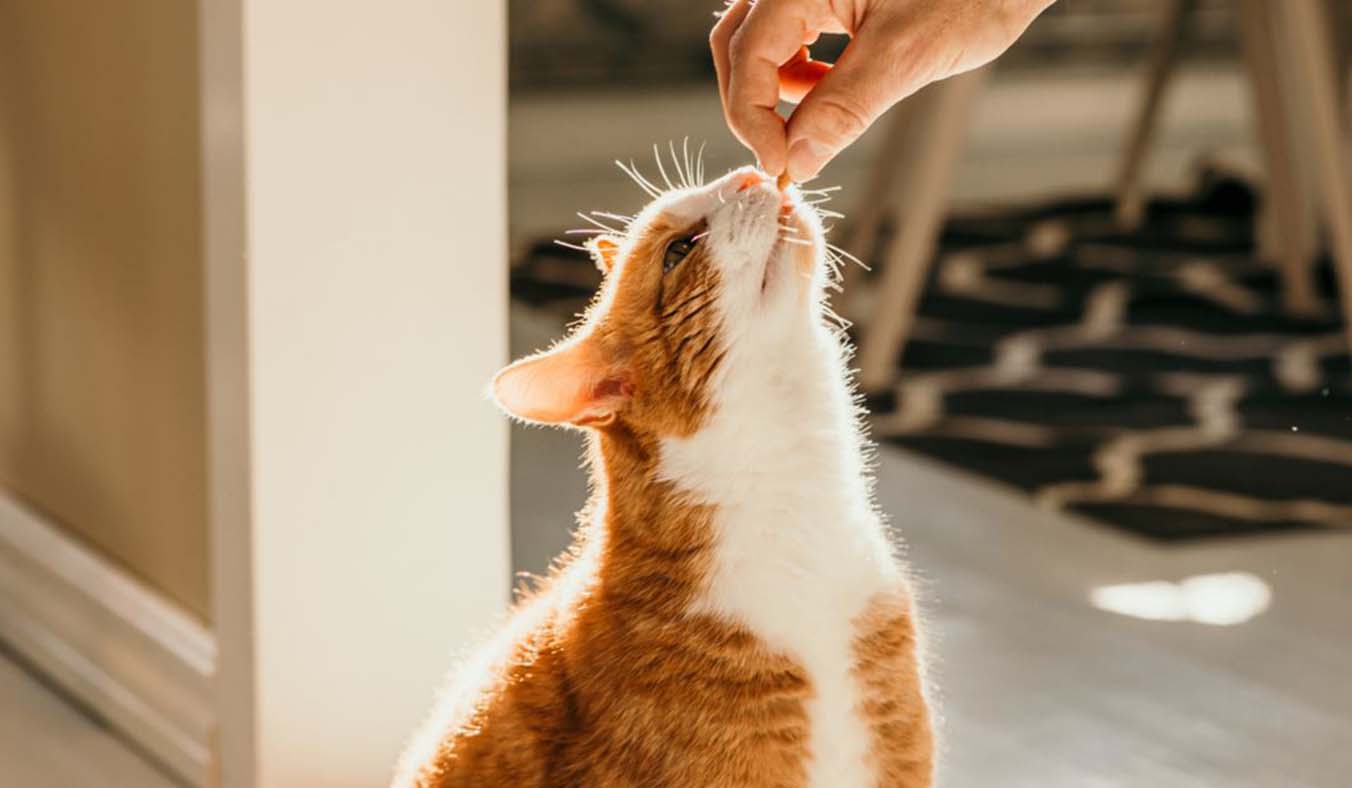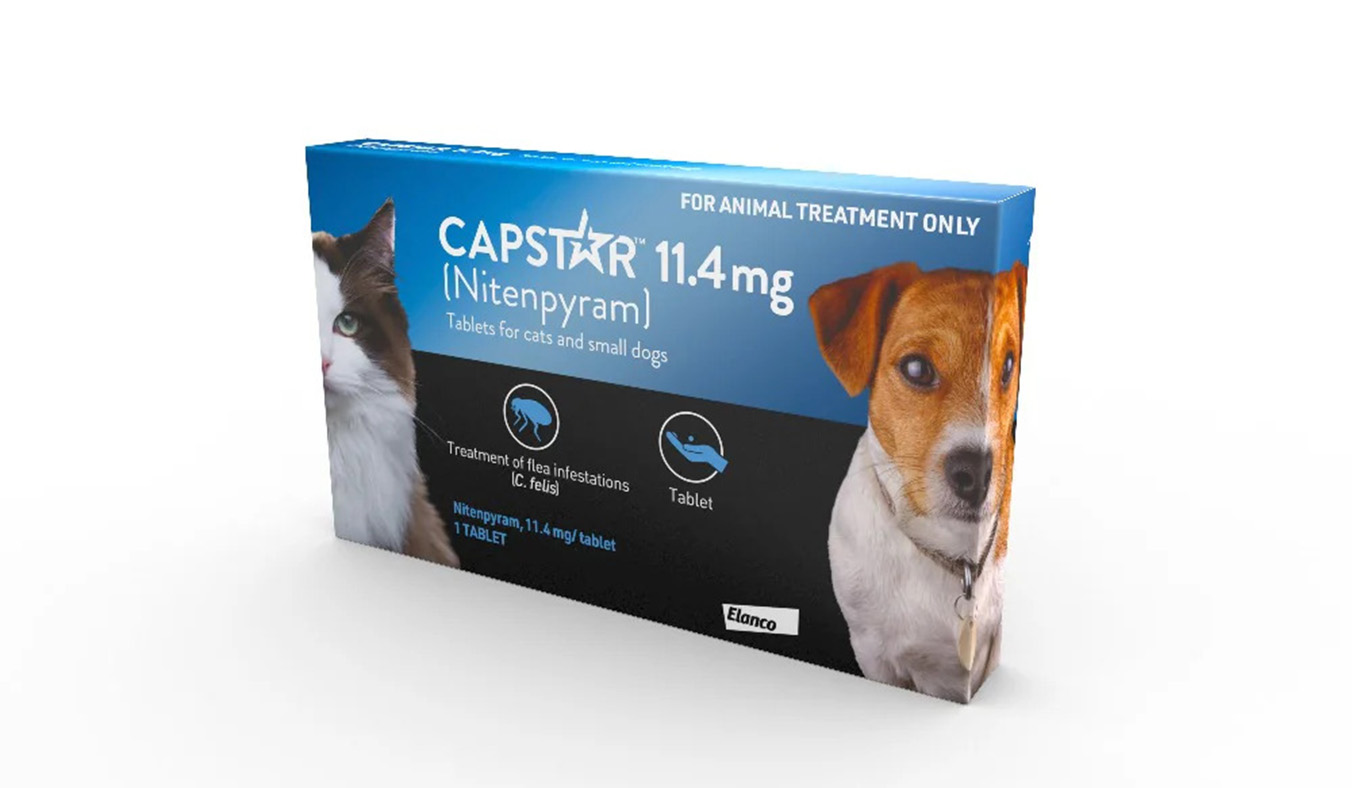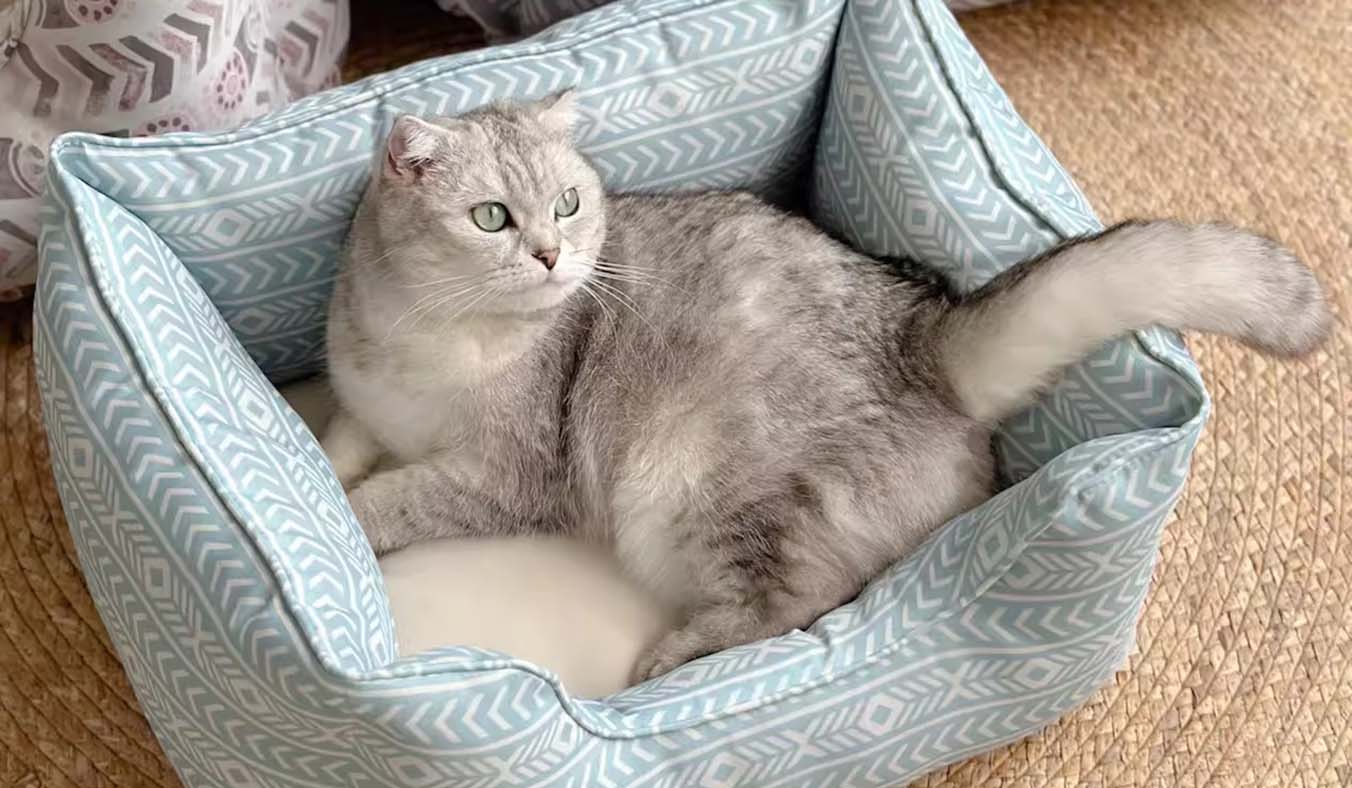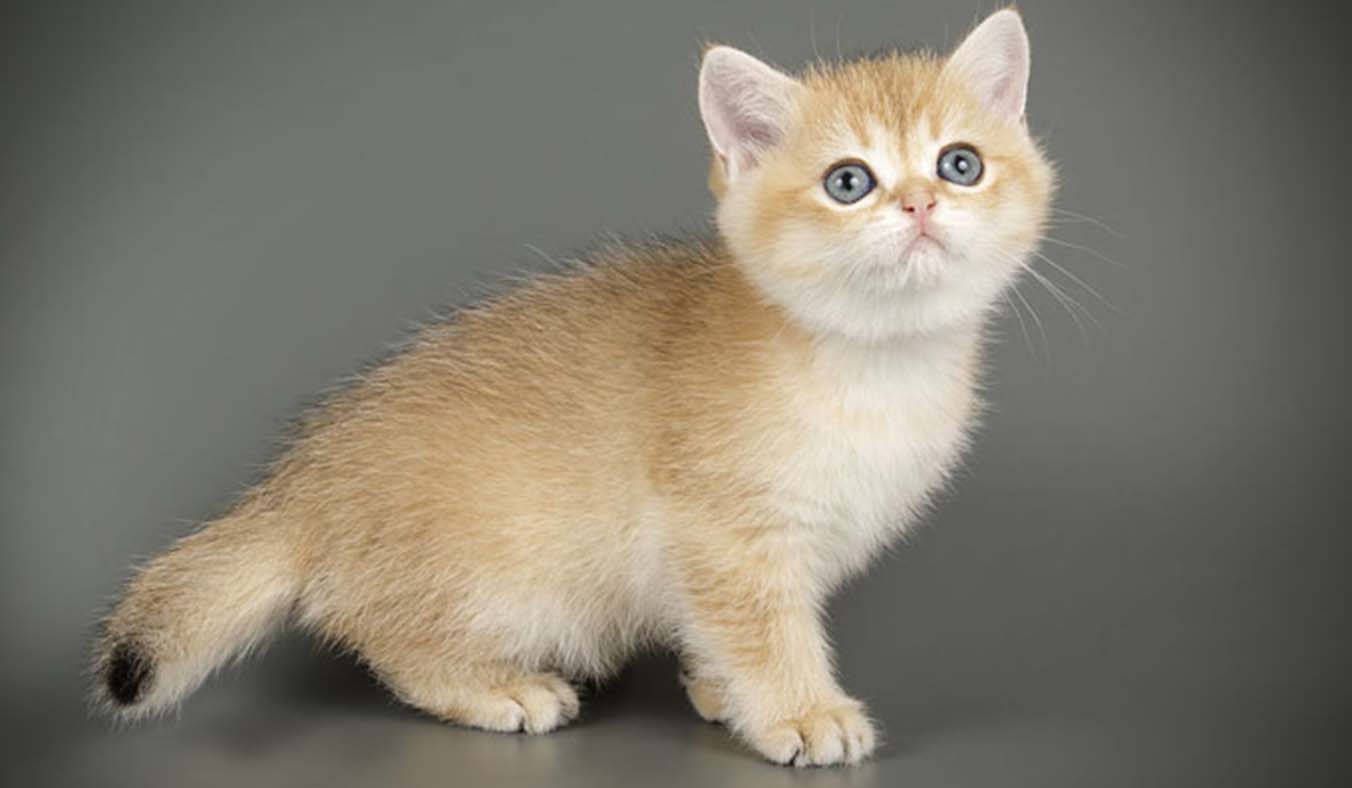Heartworm disease is a serious and potentially life-threatening condition that can affect cats, caused by the parasite Dirofilaria immitis. We’ll delve into what feline heartworm disease is, how to recognize its symptoms, treatment options, and preventive measures pet owners can take to safeguard their cats’ health.
Understanding Feline Heartworms
Feline heartworm disease presents a grave health concern for cats, stemming from an insidious invader: the heartworm parasite, Dirofilaria immitis. Here’s a detailed look at what feline heartworms entail:
Transmission and Infestation:
Feline heartworm disease unfolds with the introduction of the heartworm larvae into a cat’s bloodstream through the bite of an infected mosquito. Once infiltrating the cat’s body, these minuscule larvae embark on a perilous journey, navigating through the bloodstream until they reach their destination: the heart and lungs. Here, nestled within the delicate vessels and chambers of the cardiovascular system, the larvae undergo a transformative metamorphosis, maturing into formidable adult worms.
Pathological Ramifications:
The presence of adult heartworms within a cat’s heart and lungs precipitates a cascade of detrimental effects. These parasites wreak havoc on the delicate tissues and structures of the cardiovascular system, eliciting inflammation, fibrosis, and vascular dysfunction. The burgeoning population of heartworms impedes blood flow, disrupts cardiac function, and incites pulmonary complications, ultimately compromising the cat’s overall health and vitality.
Manifestations of Disease:
The clinical manifestations of feline heartworm disease are as varied as they are insidious, encompassing an array of subtle and overt symptoms. Cats afflicted with heartworms may exhibit respiratory distress, characterized by coughing, wheezing, or labored breathing. Concurrently, systemic manifestations such as lethargy, anorexia, and weight loss may ensue, reflecting the systemic impact of the parasitic infestation. In severe cases, cats may succumb to acute cardiovascular collapse or sudden death, underscoring the grave implications of untreated feline heartworm disease.
The Imperative of Intervention:
Prompt recognition and intervention are imperative in mitigating the devastating consequences of feline heartworm disease. Timely diagnosis facilitated by serological testing and imaging modalities empowers veterinary professionals to devise targeted treatment strategies aimed at eradicating the parasitic infestation and ameliorating associated complications. While treatment options are limited and fraught with challenges, diligent management and supportive care can optimize outcomes and enhance the cat’s quality of life.
Prevention as Paramount:
Given the formidable nature of feline heartworm disease, prevention emerges as the cornerstone of feline wellness. Implementing comprehensive preventive measures, including regular administration of prophylactic medications, environmental modifications to curtail mosquito exposure, and vigilant monitoring through routine veterinary examinations, serves as a formidable bulwark against heartworm infestation. By prioritizing prevention and adopting a proactive stance, cat owners can safeguard their feline companions from the perils of heartworm disease, fostering a lifetime of health and vitality.
Identifying Symptoms of Feline Heartworm Disease
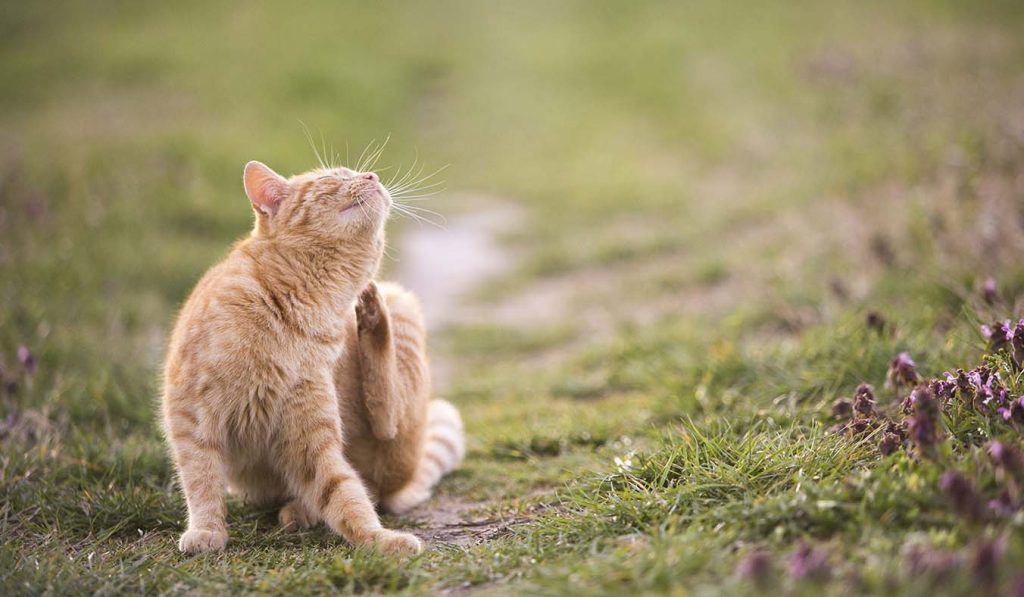
Detecting the symptoms of feline heartworm disease is paramount for timely intervention and management. Here’s an in-depth exploration of the signs to watch for:
Coughing or Wheezing:
- Persistent coughing spells, particularly after exertion or excitement, may signal lung involvement attributable to heartworm infection.
- Cats may exhibit hacking coughs or wheezing sounds, indicative of inflammation and irritation within the respiratory tract.
Difficulty Breathing (Dyspnea):
- Advanced stages of heartworm disease can precipitate difficulty breathing or dyspnea in affected cats.
- Cats may exhibit rapid or labored breathing, struggling to draw in sufficient oxygen due to compromised lung function.
Gastrointestinal Symptoms:
- Heartworm-infected cats may manifest gastrointestinal disturbances, including vomiting, diarrhea, or a diminished appetite.
- Persistent gastrointestinal symptoms may lead to weight loss, dehydration, and nutritional deficiencies if left unaddressed.
Lethargy and Weakness:
- Affected cats often display lethargy, appearing unusually subdued or disinterested in their surroundings.
- Weakness and fatigue may become apparent as cats exhibit decreased activity levels and reluctance to engage in typical behaviors.
Collapse or Sudden Death:
- In severe cases of feline heartworm disease, cats may experience sudden collapse or even succumb to cardiovascular collapse.
- Cats with a heavy parasite burden or pre-existing health conditions are particularly susceptible to sudden death due to heartworm-related complications.
Observational Vigilance:
- Cat owners should maintain keen observational vigilance, noting any deviations from their cat’s normal behavior or routines.
- Documenting and reporting observed symptoms to a veterinarian promptly can facilitate timely diagnosis and intervention.
Treatment Approaches for Feline Heartworm Disease
Addressing feline heartworm disease poses formidable challenges, necessitating a multifaceted treatment approach tailored to the individual cat’s needs. Here’s a comprehensive overview of the treatment modalities available:
Medication Management:
- While no specific medication targets adult heartworms in cats, symptomatic management plays a pivotal role in alleviating clinical signs and improving the cat’s quality of life.
- Veterinarians may prescribe medications to address symptoms such as coughing, wheezing, or gastrointestinal disturbances associated with heartworm disease.
- Anti-inflammatory drugs and bronchodilators may be administered to mitigate lung inflammation and facilitate respiratory function.
Supportive Care:
- Cats afflicted with heartworm disease often require extensive supportive care to address secondary complications and optimize treatment outcomes.
- Oxygen therapy may be employed to alleviate respiratory distress and ensure adequate oxygenation of tissues.
- Intravenous fluid therapy is crucial for correcting dehydration, maintaining electrolyte balance, and supporting cardiovascular function.
- Nutritional support tailored to the cat’s specific dietary requirements may be prescribed to bolster immune function and promote recovery.
Surgical Intervention:
- In select cases of severe heartworm disease with life-threatening complications, surgical removal of adult heartworms may be considered as a last-resort treatment option.
- Surgical extraction of heartworms entails significant risks and is typically reserved for cats with a high parasite burden or refractory to medical management.
- Surgical intervention is performed under general anesthesia and involves accessing the heart or pulmonary arteries to extract the adult worms.
Collaborative Care and Prognostic Considerations:
- Treatment of feline heartworm disease necessitates close collaboration between veterinarians and pet owners to devise an individualized treatment plan tailored to the cat’s specific needs.
- The prognosis for cats with heartworm disease varies depending on the severity of the infection, the presence of concurrent medical conditions, and the cat’s overall health status.
- Regular monitoring and follow-up evaluations are essential to assess treatment response, detect potential complications, and adjust the treatment protocol as needed.
Preventing Feline Heartworm Disease: A Comprehensive Guide for Pet Owners
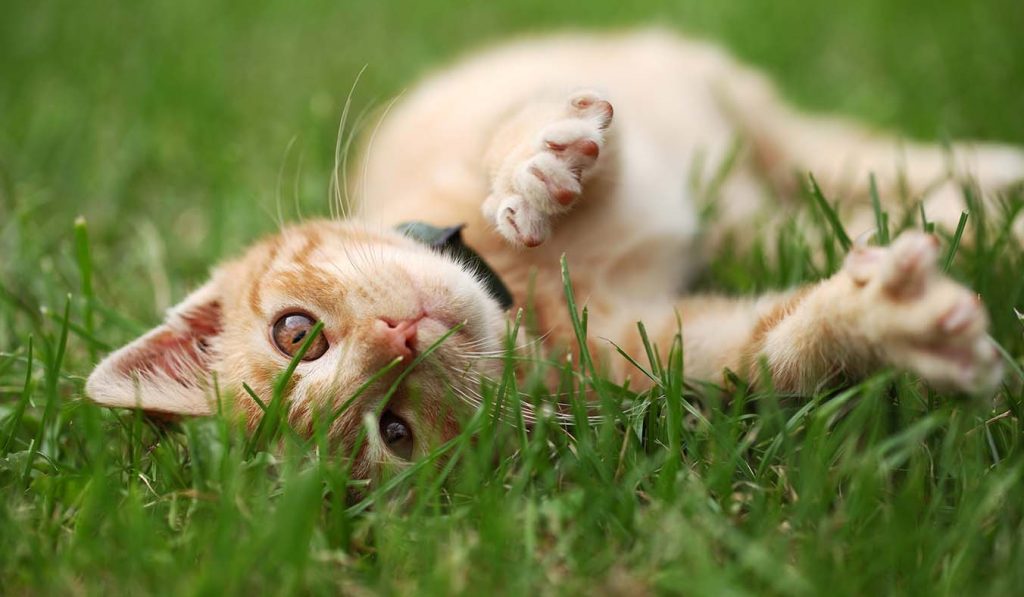
Safeguarding your feline companion against the perils of heartworm disease requires proactive measures and vigilant attention. Here’s a detailed roadmap to help you prevent feline heartworm disease effectively:
Administer Preventive Medications:
- Consult your veterinarian to identify a suitable heartworm preventive medication tailored to your cat’s individual needs.
- Options include oral tablets, topical solutions, and injectable formulations, each offering continuous protection against heartworm infection.
- Administer the preventive medication as prescribed by your veterinarian, adhering strictly to the recommended dosage and administration schedule.
Minimize Mosquito Exposure:
- Reduce your cat’s risk of encountering disease-carrying mosquitoes by implementing preventive measures to curtail mosquito exposure.
- Keep your cat indoors during peak mosquito activity periods, particularly during dawn and dusk when mosquitoes are most active.
- Install screens on windows and doors to prevent mosquitoes from entering indoor spaces and minimize opportunities for mosquito bites.
Regular Veterinary Check-ups:
- Schedule routine wellness examinations for your cat with a veterinarian, ideally on an annual basis or as recommended by your veterinarian.
- During veterinary visits, ensure comprehensive heartworm testing is conducted to screen for the presence of heartworm infection and assess your cat’s overall health status.
- Early detection of heartworm infection enables prompt intervention and treatment, enhancing the likelihood of successful outcomes and minimizing disease progression.
Environmental Control:
- Mitigate the risk of mosquito breeding and proliferation in and around your home by implementing environmental control measures.
- Eliminate standing water sources, such as stagnant ponds, bird baths, or clogged gutters, to deprive mosquitoes of breeding habitats.
- Maintain clean and well-maintained outdoor areas, including yards and gardens, to reduce mosquito harborage sites and minimize mosquito populations.
- Consider utilizing mosquito repellents or traps in strategic locations to deter mosquitoes and prevent their access to your cat’s living environment.
Feline heartworm disease poses a significant health threat to cats and requires proactive prevention and vigilant monitoring to mitigate the risk of infection. Pet owners can take proactive steps to protect their cats from the devastating effects of heartworm disease and ensure their continued health and well-being.
